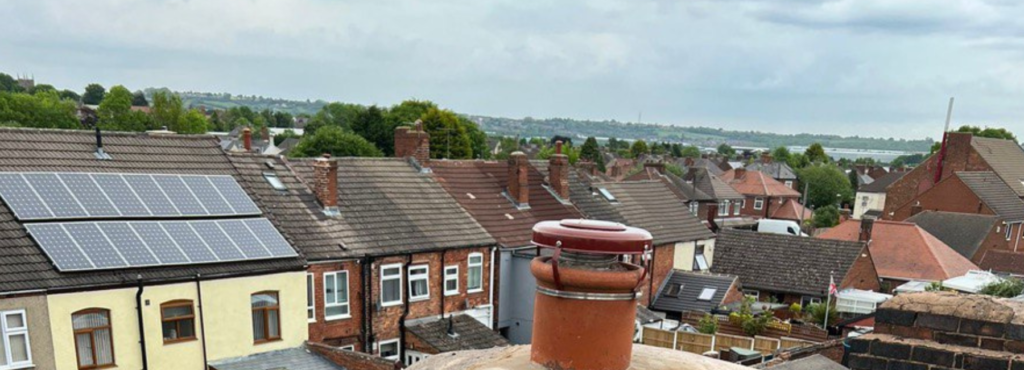When it comes to roofing design, the structure and geometry of a roof can make a significant difference in how well it stands up to strong winds. For homeowners in areas that occasionally experience high winds, storms, or unpredictable weather patterns, the choice between a hip roof and a gable roof is more than just an aesthetic decision—it’s a practical one. At Stoneygate Roofing Repairs in Stoneygate, Leicestershire, we often recommend hip roofs for properties where wind exposure is a concern, thanks to their impressive resilience and stability.
Understanding the Hip Roof Design
A hip roof slopes down on all four sides, meeting neatly at a ridge or central point. This uniform slope creates a strong, aerodynamic shape that allows wind to flow over the surface rather than pushing against large, flat gable ends. Because there are no vertical faces exposed to gusts, the overall structure experiences less wind uplift and pressure.
By contrast, gable roofs feature two flat ends that act almost like sails during storms, catching the wind and increasing the risk of structural stress or damage. This fundamental difference in design is what makes hip roofs a more durable and wind-resistant choice.
The Structural Advantages of Hip Roofs
Hip roofs are not just visually appealing—they’re engineered for strength. Their design includes:
- Even Load Distribution: The sloping sides evenly transfer wind and gravity loads to the building’s walls, reducing stress on any single point.
- Lower Wind Uplift: The aerodynamic form means wind moves up and over the roof, reducing the force trying to lift the structure.
- Enhanced Stability: Because all sides slope towards the walls, hip roofs form a self-bracing system, improving their overall rigidity.
- Reduced Edge Exposure: The absence of gable ends means fewer weak points that wind can exploit during storms.
These qualities make hip roofs particularly suitable for open or elevated areas around Stoneygate where wind speeds may be higher.
Materials and Maintenance Considerations
While the design of a hip roof naturally improves wind resistance, material quality and installation standards are equally important. Roofing tiles, ridge caps, and fixings must all be properly secured to ensure maximum performance. Over time, even the most robust roof can develop minor issues such as loosened ridge tiles or damaged flashings, which—if ignored—can compromise its stability.
At Stoneygate Roofing Repairs, we carry out thorough inspections and professional repair work to ensure every element of your hip roof remains secure, watertight, and able to withstand adverse weather.
Why a Hip Roof May Be Ideal for Your Property
Choosing a hip roof isn’t just about protection—it’s also about longevity and peace of mind. Homeowners benefit from:
- Improved durability in exposed locations
- A smoother, more balanced appearance that complements most homes
- Lower risk of wind-related damage
- Increased structural integrity and long-term performance
Whether you’re planning a new build or considering roof replacement, understanding these advantages can help you make an informed decision about your property’s future.
Conclusion
Hip roofs are an excellent choice for homes in high-wind areas thanks to their balanced design and structural strength. Their sloping sides reduce wind pressure and improve stability, making them both practical and visually appealing. For homeowners seeking expert advice, inspection, or maintenance services for hip roofs in Stoneygate, Stoneygate Roofing Repairs is ready to assist. Our skilled team ensures that your roof remains in optimal condition, protecting your home from the elements for years to come.
Call us on: 0116 216 4793
Click here to find out more about Stoneygate Roofing Repairs
Click here to complete our contact form and see how we can help with your roofing needs.

